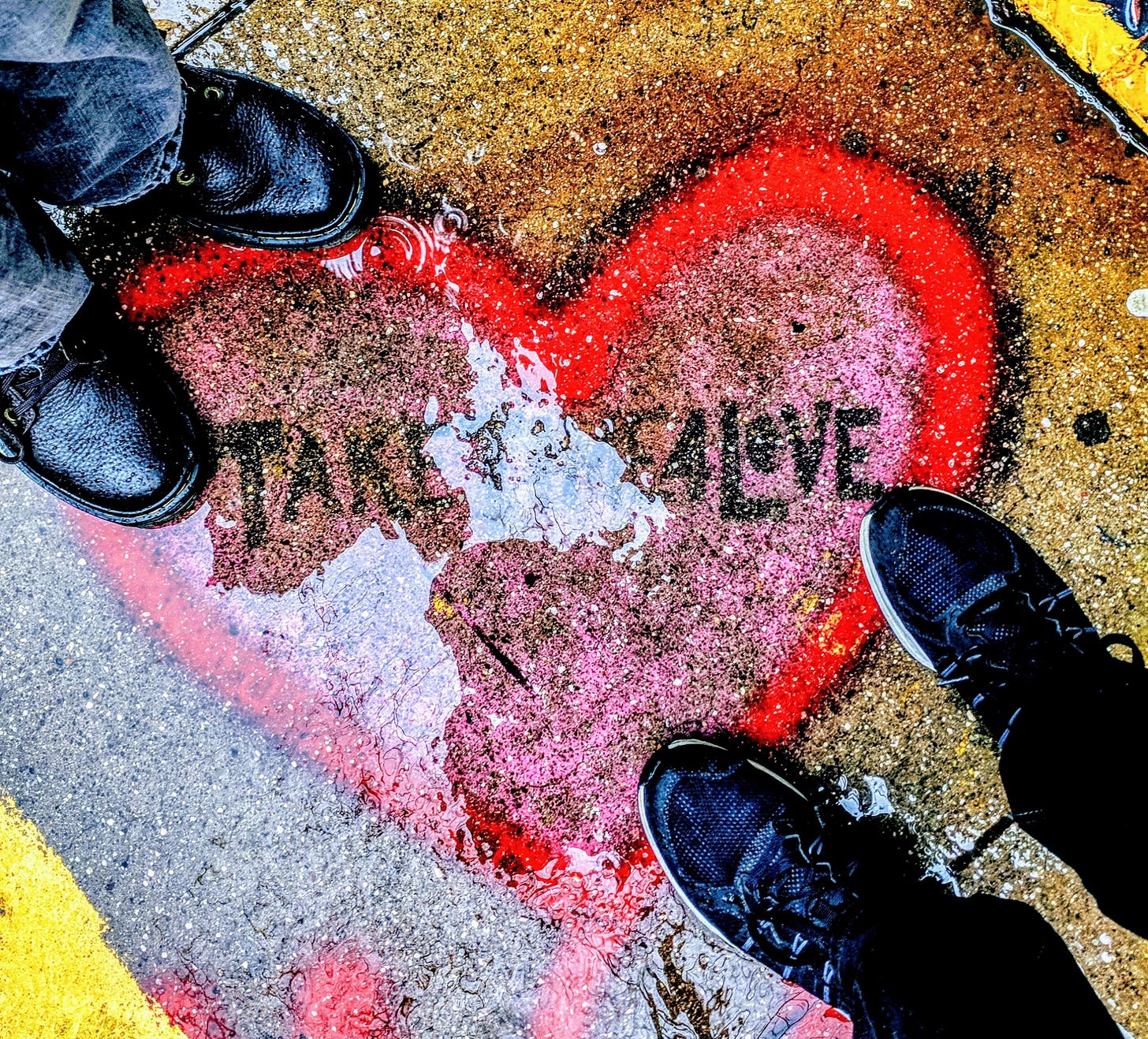Today marks the beginning of Pride Month.
And while my social feed is already filling with rainbows and event invites, I find myself moving a little slower this year—less eager to be seen, more interested in what I am seeing. Inside. Around me. Beneath the glitter and celebration.
Six years ago we celebrated the 50th Anniversary of the Stonewall Riots. During that Pride Month, I wrote a blog post titled After the Rainbow Fades. I had been invited to speak to a Sunday School class about my story as a queer person growing up in a deeply religious home. I was both honored and hesitant. Back then, I was still emerging from the long shadows of fundamentalism—still wondering if the parts of me that were soft, strange, or searching could ever find belonging.
Here’s a reflection from that post:
“I mean, it felt great to pass out free mom hugs, wear our Pride apparel, carry banners and signs down the street… but I wonder—what are we doing for those still in need of the hugs, visibility, and support now that the rainbows have all faded?”
I asked that question clumsily at the time—talking to a couple of friends over coffee. I wasn’t sure what I was really asking. I was just emotionally raw, thinking about that little boy growing up in that profoundly religious home, lost, lonely, feeling like a freak condemned to hell. Now, 6 years later, I think I have a better idea.
What I was trying to name then, and what I understand more clearly now, is something Gino Cosme of Unfiltered Clarity coined the Double Closet.
It’s an experience so many queer folks carry—not just hiding our identities to survive, but then hiding our pain once we’re “out.” We perform resilience. We radiate pride. But inside, many of us are still wondering if we’re safe to be messy. To be uncertain. To be grieving.
This month, as rainbow flags go up, many of us are still reckoning with what it costs to be visible. And what it costs to stay invisible, even in plain sight.
In my upcoming continuing education training, The Journey from Trauma to Triumph in the Queer Community, we’ll be diving into that very tension. How collective identity trauma lives in the body. How the pressure to perform pride can deepen isolation. And how we, as clinicians and community members, can create spaces that make room for the whole self—not just the palatable one.
But this post isn’t a sales pitch. It’s a threshold.
It’s for the part of you that doesn’t feel ready to show up in sequins. It’s for the part that’s not “out enough,” or “queer enough,” or “whole enough” to belong.
Here’s what I want to say:
You don’t have to be fully healed to be worthy of celebration.
You don’t have to be fearless to be visible.
You don’t have to be anything other than yourself to be part of this moment.
Pride began as a riot. It continues as a reclamation. And for many of us, it is also a quiet promise: You are allowed to exist in your entirety.
So whether you’re marching, hiding, dancing, crying, mentoring, starting over, or just… watching from the edges—
May your Pride be messy.
May it be fierce.
May you come as you are, half-healed, half-hopeful and whole enough to be seen.
With care,
Will





